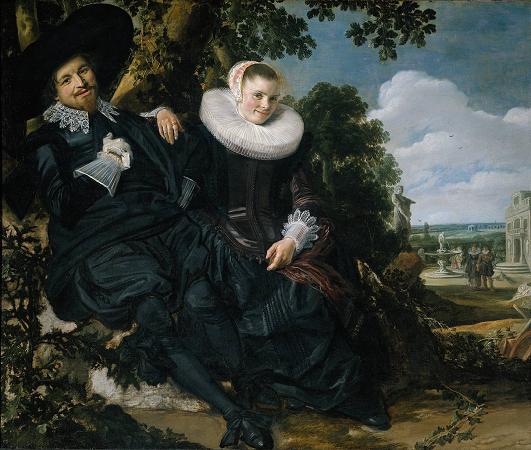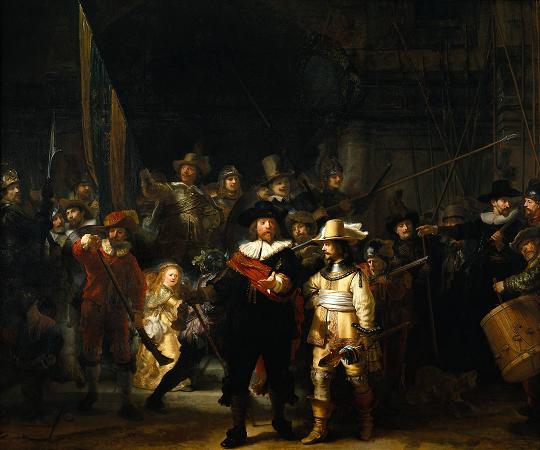Archibald Motley (1882 - 1981). Archibald John Motley, Jr., was an American visual artist. Motley is most famous for his colorful chronicling of the African-American experience in Chicago during the 1920s and 1930s, and is considered one of the major contributors to the Harlem Renaissance, or the New Negro Movement, a time in which African-American art reached new heights not just in New York but across America, its local expression is referred to as the Chicago Black Renaissance. He studied painting at the School of the Art Institute of Chicago during the 1910s, graduating in 1918. The New Negro Movement marked a period of renewed, flourishing black psyche. There was a newfound appreciation of black artistic and aesthetic culture. Consequently, many black artists felt a moral obligation to create works that would perpetuate a positive representation of black people. During this time, Alain Locke coined the idea of the New Negro, which was focused on creating progressive and uplifting images of blacks within society. The synthesis of black representation and visual culture drove the basis of Motley's work as a means of affirming racial respect and race pride. His use of color and notable fixation on skin-tone, demonstrated his artistic portrayal of blackness as being multidimensional. Motley himself was of mixed race, and often felt unsettled about his own racial identity. Thus, his art often demonstrated the complexities and multifaceted nature of black culture and life. Archibald Motley Self Portrait Unlike many other Harlem Renaissance artists, Archibald Motley, Jr., never lived in Harlem. He was born in New Orleans, Louisiana to Mary Huff Motley and Archibald John Motley Senior. His mother was a school teacher until she married. The family remained in New Orleans until 1894 when they moved to Chicago, where his father took a job as a Pullman car porter. As a boy growing up on Chicago's south side, Motley had many jobs, and when he was nine years old his father's hospitalization for six months required that Motley help support the family. When Motley was a child, his maternal grandmother lived with the family. She had been a slave after having been taken from British East Africa. She shared her stories about slavery with the family, and the young Archibald listened attentively. He describes his grandmother's surprisingly positive recollections of her life as a slave in his oral history on file with the Smithsonian Archive of American Art. During World War I, he accompanied his father on many railroad trips that took him all across the country, to destinations including San Francisco, Los Angeles, Hoboken, Atlanta and Philadelphia. It was this exposure to life outside Chicago that led to Motley's encounters with race prejudice in many forms. In his oral history interview with Dennis Barrie working for the Smithsonian Archive of American Art, Motley related this encounter with a streetcar conductor in Atlanta, Georgia: I wasn't supposed to go to the front. So I was reading the paper and walking along, after a while I found myself in the front of the car. The conductor was in the back and he yelled, Come back here you so-and-so using very vile language, you come back here. You must be one of those smart'uns from up in Chicago or New York or somewhere. It just came to me then and I felt like a fool. I was never white in my life but I think I turned white. I just stood there and held the newspaper down and looked at him. I walked back there. Then he got so nasty, he began to curse me out and call me all kinds of names using very degrading language. I just couldn't take it. And he made me very, very angry. I used to have quite a temper. Motley spent the majority of his life in Chicago, where he was a contemporary of fellow Chicago artists Eldzier Cortor and Gus Nall. He lived in a predominantly-white neighborhood, and attended majority-white primary and secondary schools. He graduated from Englewood Technical Prep Academy in Chicago. He was offered a scholarship to study architecture by one of his father's friends, which he turned down in order to study art. He attended the School of the Art Institute of Chicago, where he received classical training, but his modernist-realist works were out of step with the school's then-conservative bent. During his time at the Art Institute, Motley was mentored by painters Earl Beuhr and John W. Norton, and he did well enough to cause his father's friend to pay his tuition. While he was a student, in 1913, other students at the Institute rioted against the modernism on display at the Armory Show. Motley graduated in 1918 but kept his modern, jazz-influenced paintings secret for some years thereafter. As a result of his training in the western portrait tradition, Motley understood nuances of phrenology and physiognomy that went along with the aesthetics. He used these visual cues as a way to portray subjects more positively.
more...










